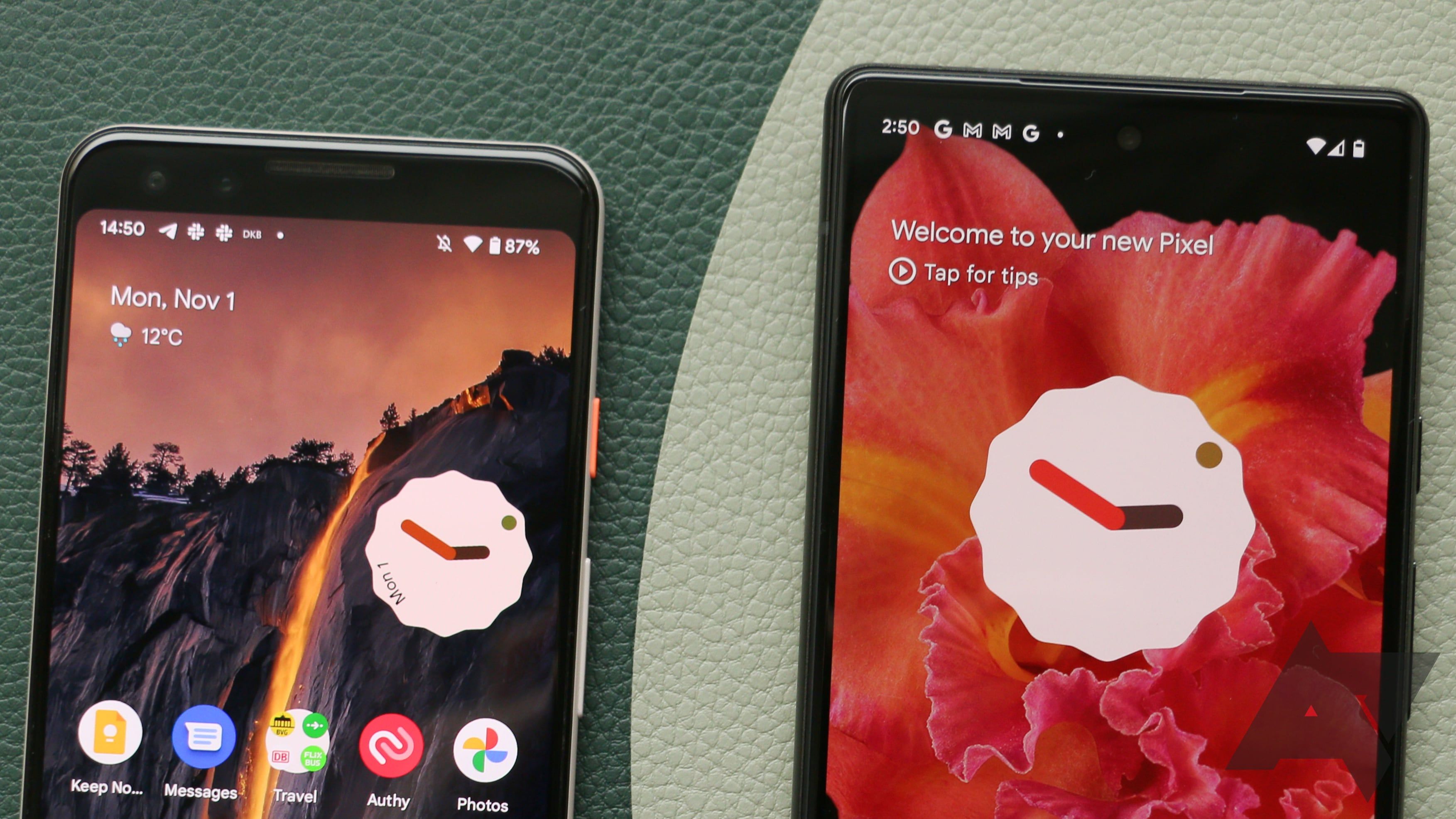Quick Links
Do you have one of our favorite foldable phones? Or a new budget Android phone? Irrespective of how many phones you have used so far, nothing beats the joy of setting up a new phone. You might dread the initial setup process. However, if done right, you can have your phone set up and ready to use within a few minutes. Here's how to set up your new Android phone.
What to know before setting up your new Android phone
Before you start using your new phone, it's important to back up your current Android phone. The process can vary depending on the phone you have and the OS it runs on. If you're migrating from iPhone to Android, use the Google Data Restore Tool to transfer your data.
Android's built-in backup tool covers the basics, such as contacts, call history, SMS, apps, and device settings. Alternatively, you can back up your SMS messages on Android using one of the many third-party apps. Use Google Photos to back up your photos and videos and easily access them from any platform. Also, remember to back up your WhatsApp chats.
As for music, many of us subscribe to online streaming platforms such as Spotify and YouTube Music. You don't need to worry about anything here. And before moving to a new phone, keep offline backup files in a safe location that only you can access.
The basic setup process of a new Android phone is mostly the same, irrespective of the device manufacturer. You must have a Google account to access the Play Store and other Google services, though you can continue without it if you want. Internet access is also required through Wi-Fi or mobile data for downloading OS or app updates, but this can be bypassed during the setup process if it isn't available.
How to set up your new Google Pixel smartphone
The steps outlined in this guide to set up an Android phone are for a Google Pixel 7 running Android 14. The screens may have slight variations on other devices and older Android versions. However, the setup options should be similar, if not identical.
- Before starting the setup, you can change the preferred device language or activate Accessibility features from the Welcome to your Pixel screen.
- Tap Get started to begin the initial setup process.
- Insert your physical SIM card or use an eSIM by tapping Download a SIM instead.
-
Connect your device to a Wi-Fi network. You can skip this process by tapping the Set up offline button.
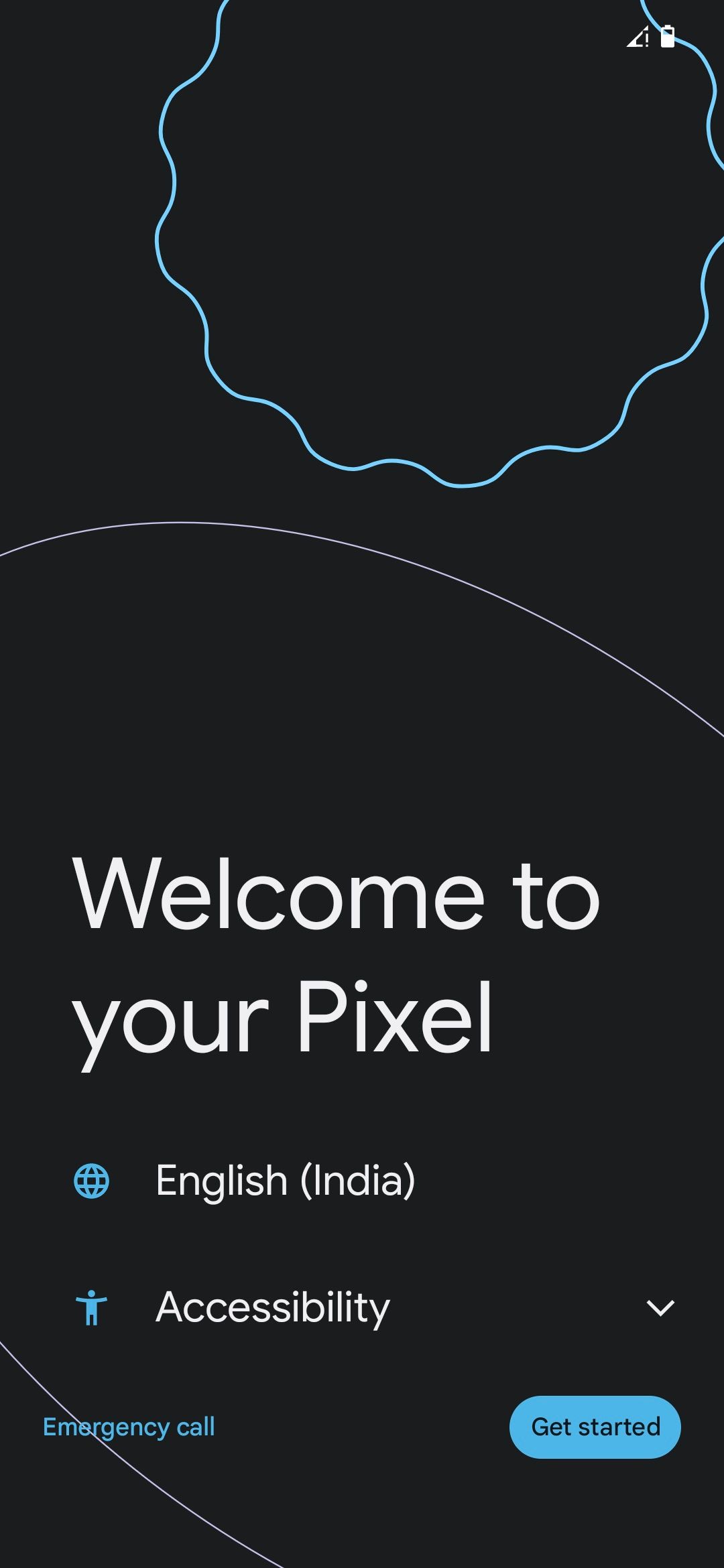
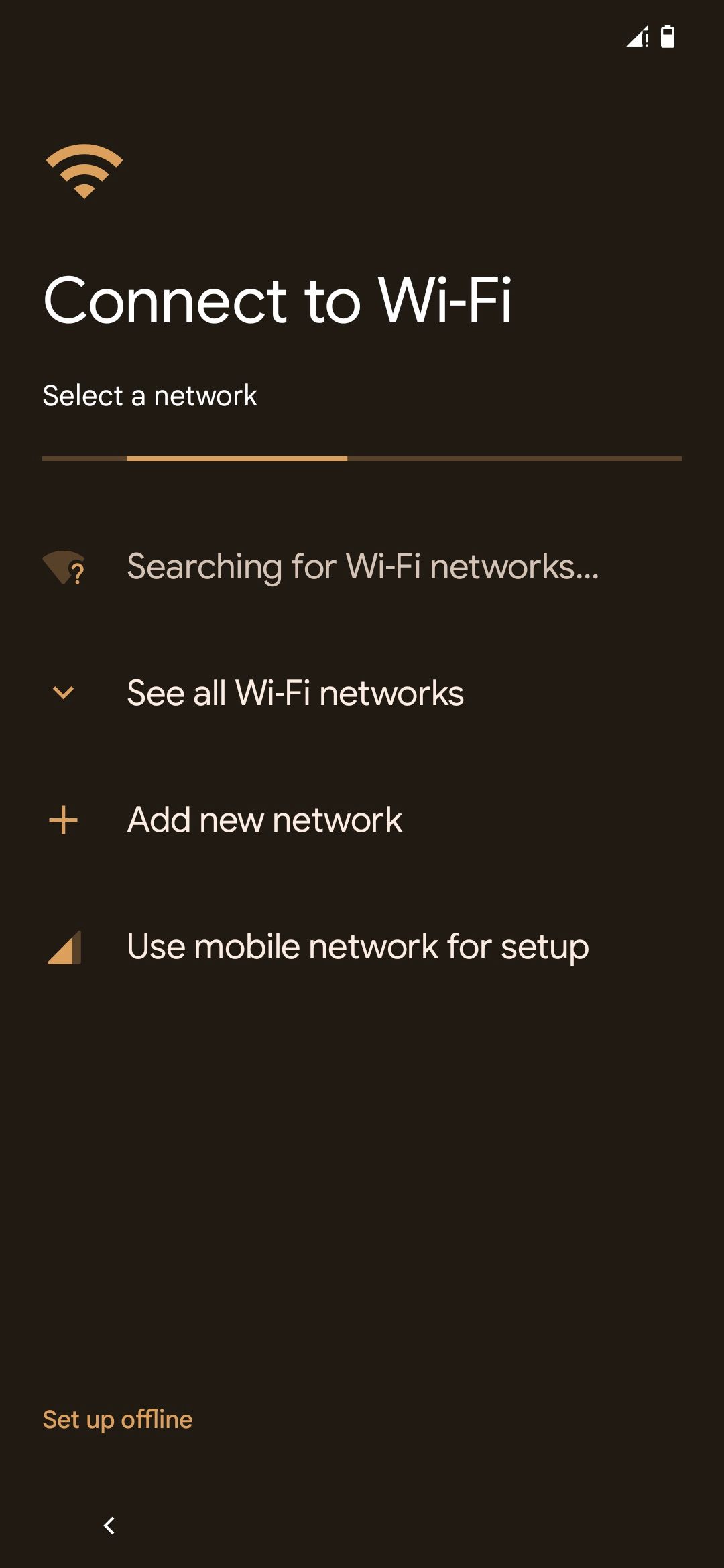
- Wait at the Getting your phone ready screen while it prepares your device for the next steps.
-
If you have an old device and want to transfer the data to your new phone, tap Next on the Copy apps and data screen. To start fresh without moving anything from a previous device, select Don't copy.
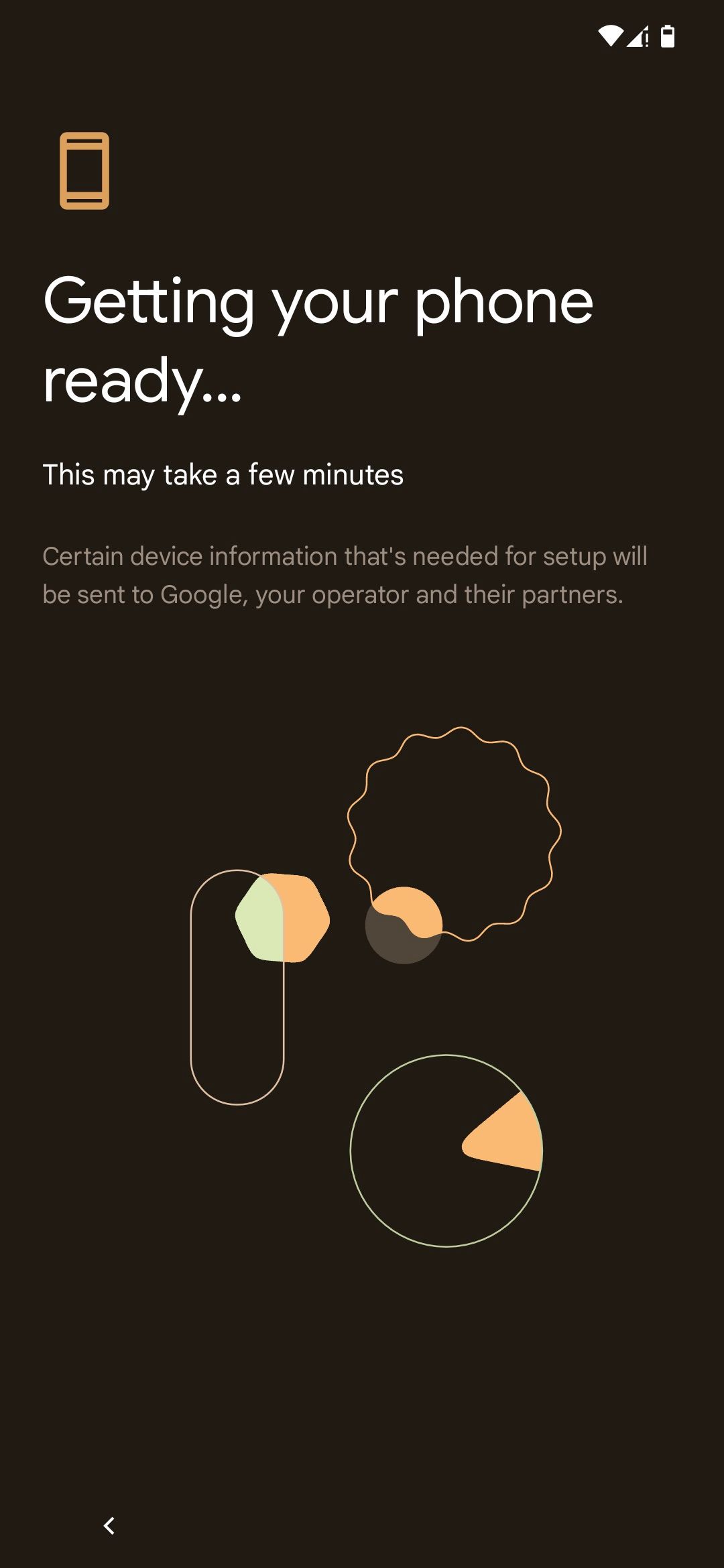
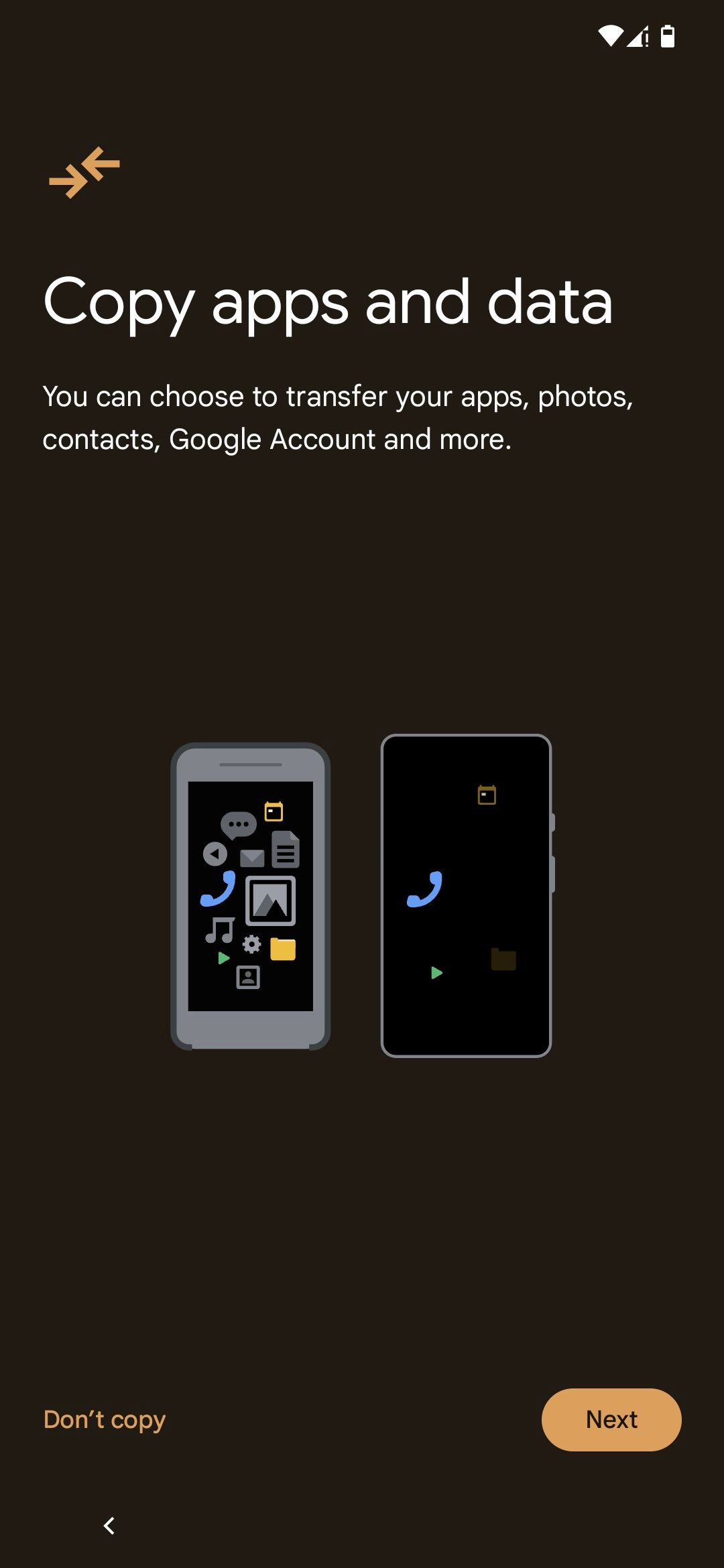
-
Follow the on-screen instructions to connect your old device and transfer the data and Google account to your new one.
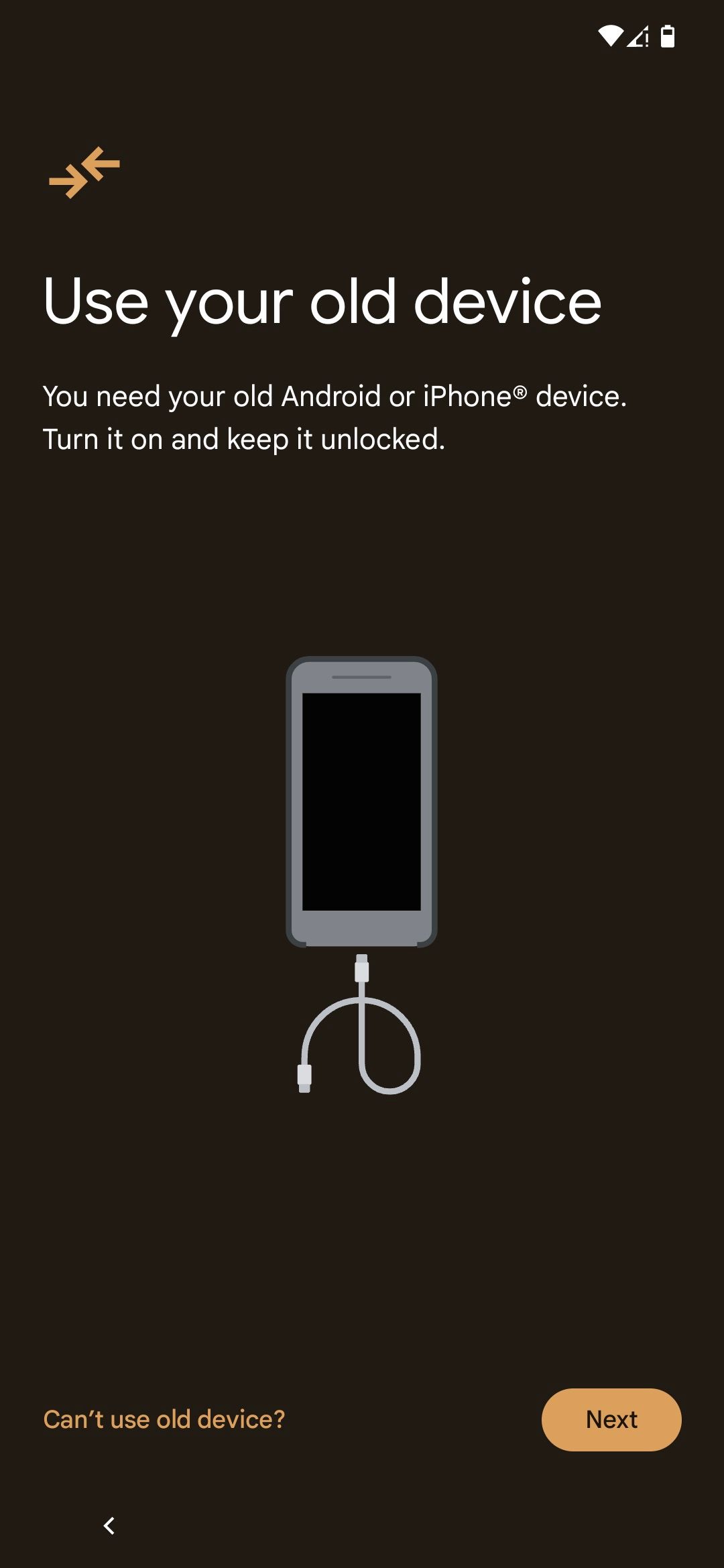
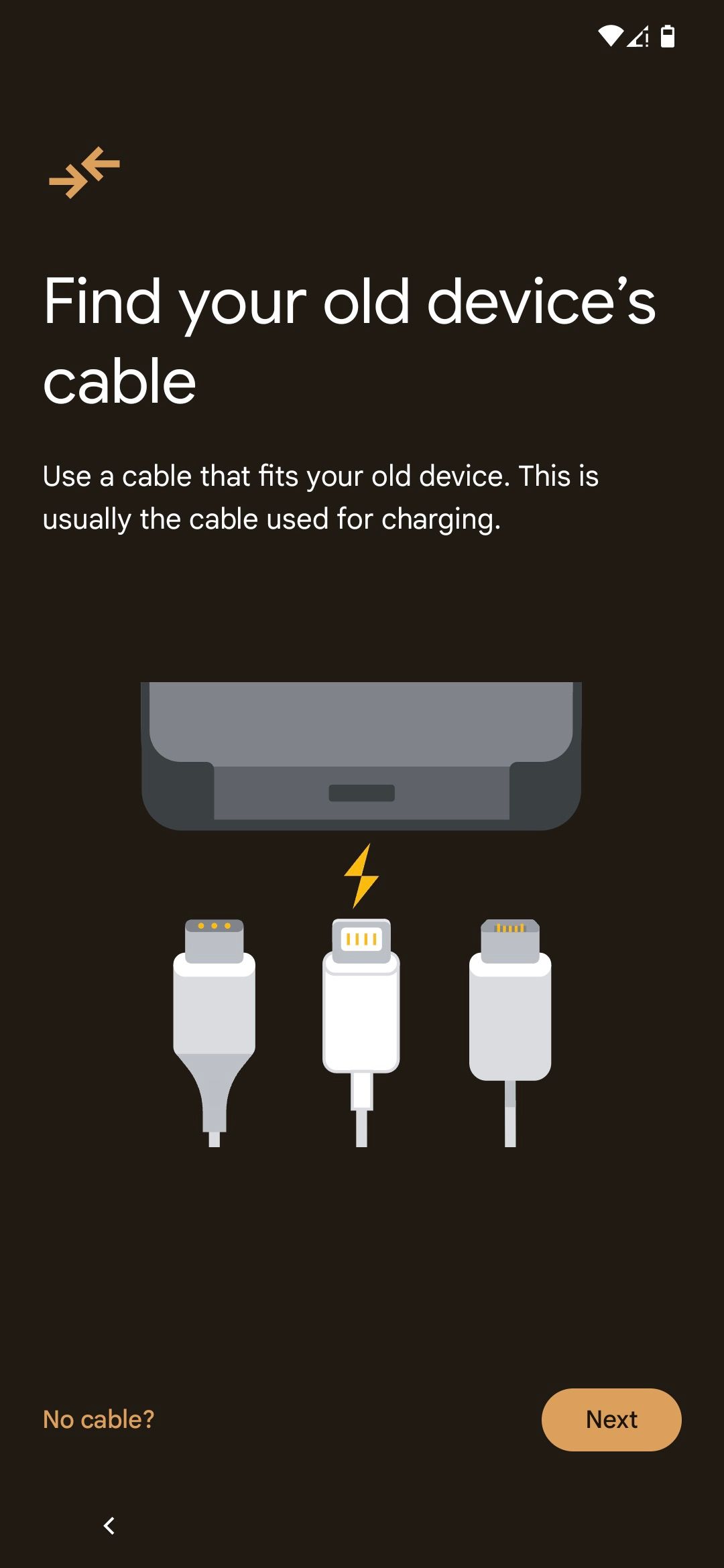
- If you aren't restoring data, log in to your Google account to sync your data and restore your Google One backup.
- Select the device backup you want to restore.
- Accept the terms and conditions for your Google account to proceed further. You can turn off device backups and location scanning from this page.
-
Tap Next on the warranty page of the setup.
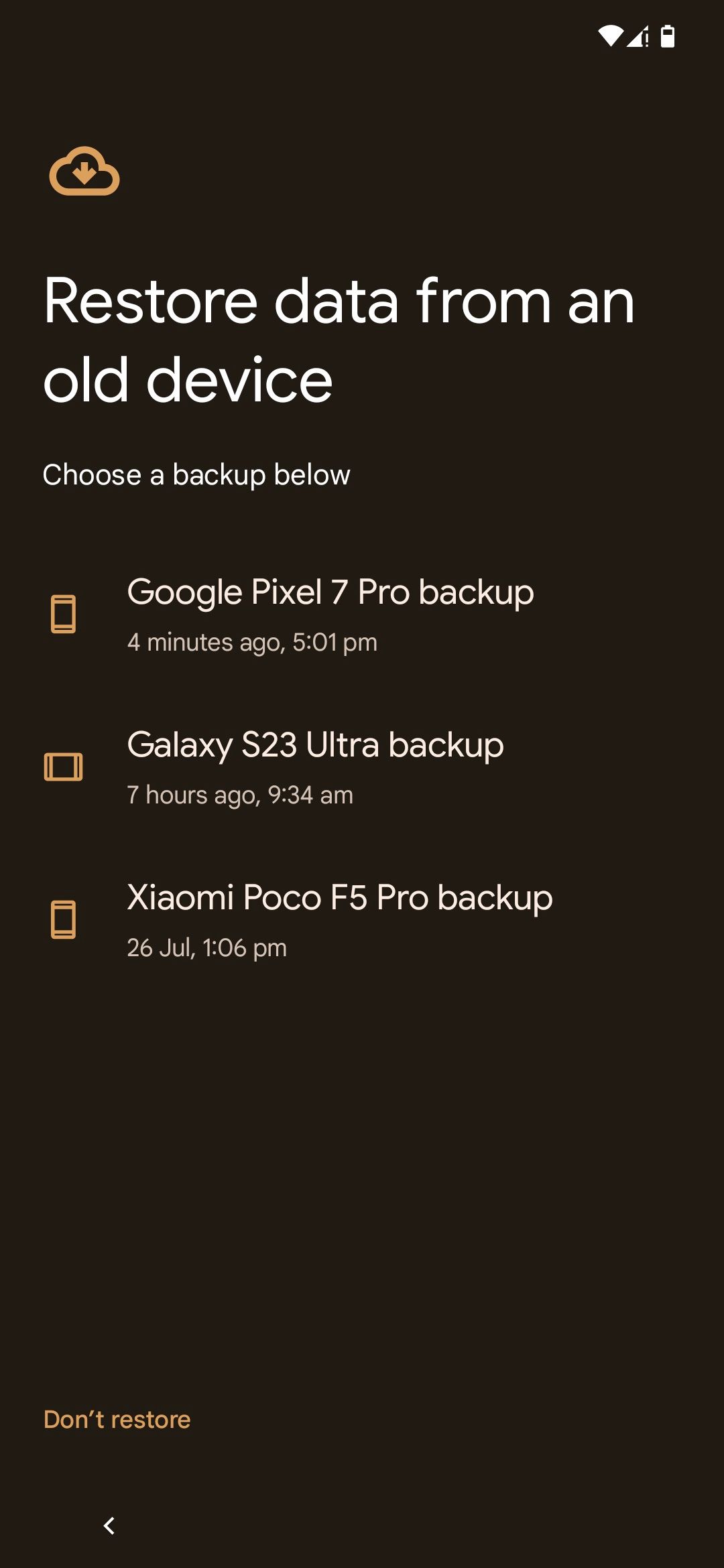
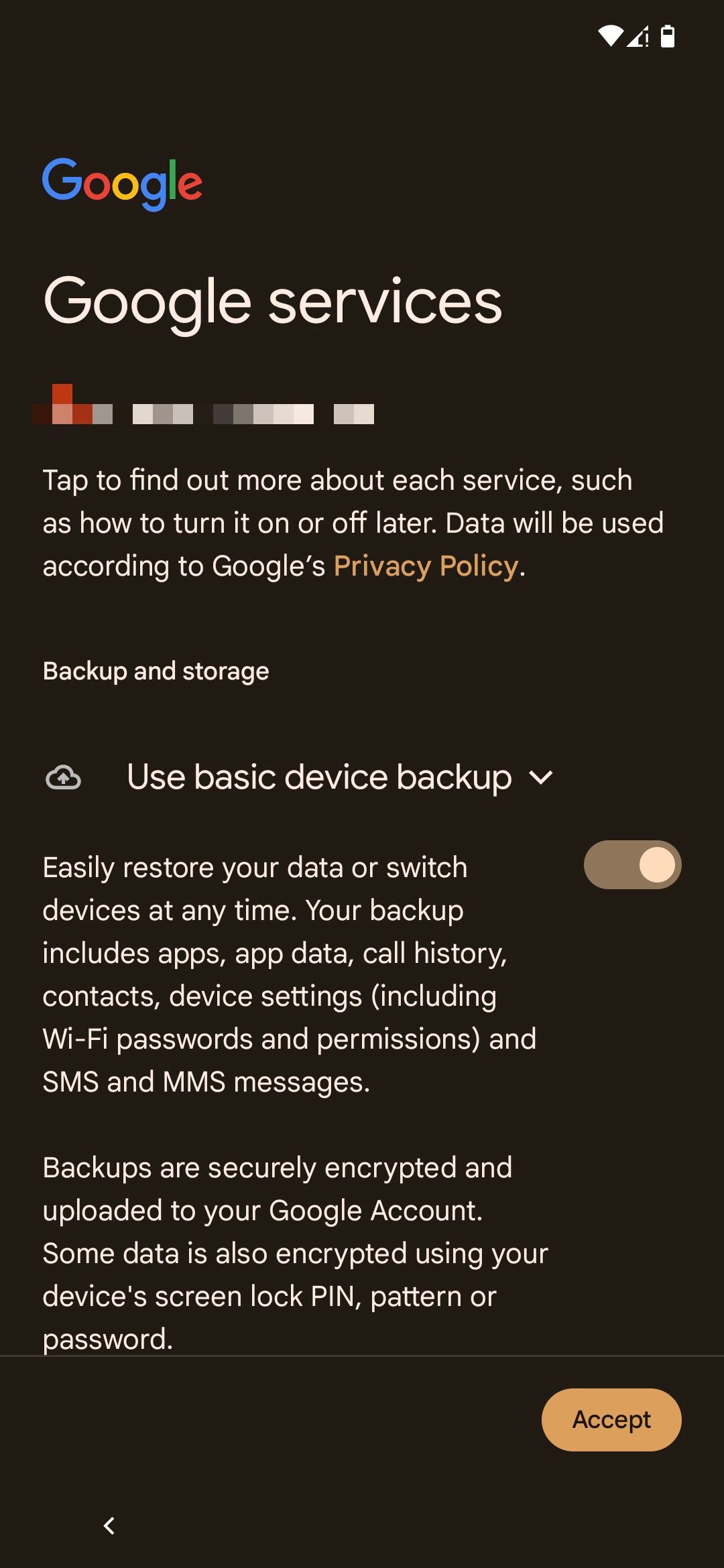
- Set up the fingerprint scanner or face unlock. As a part of the process, you'll also add a PIN/password protection.
-
Continue the setup process to set up additional features on your Pixel phone, like Google Assistant, Google Pay, Now Playing, and more. This is an optional step, and you can skip it.
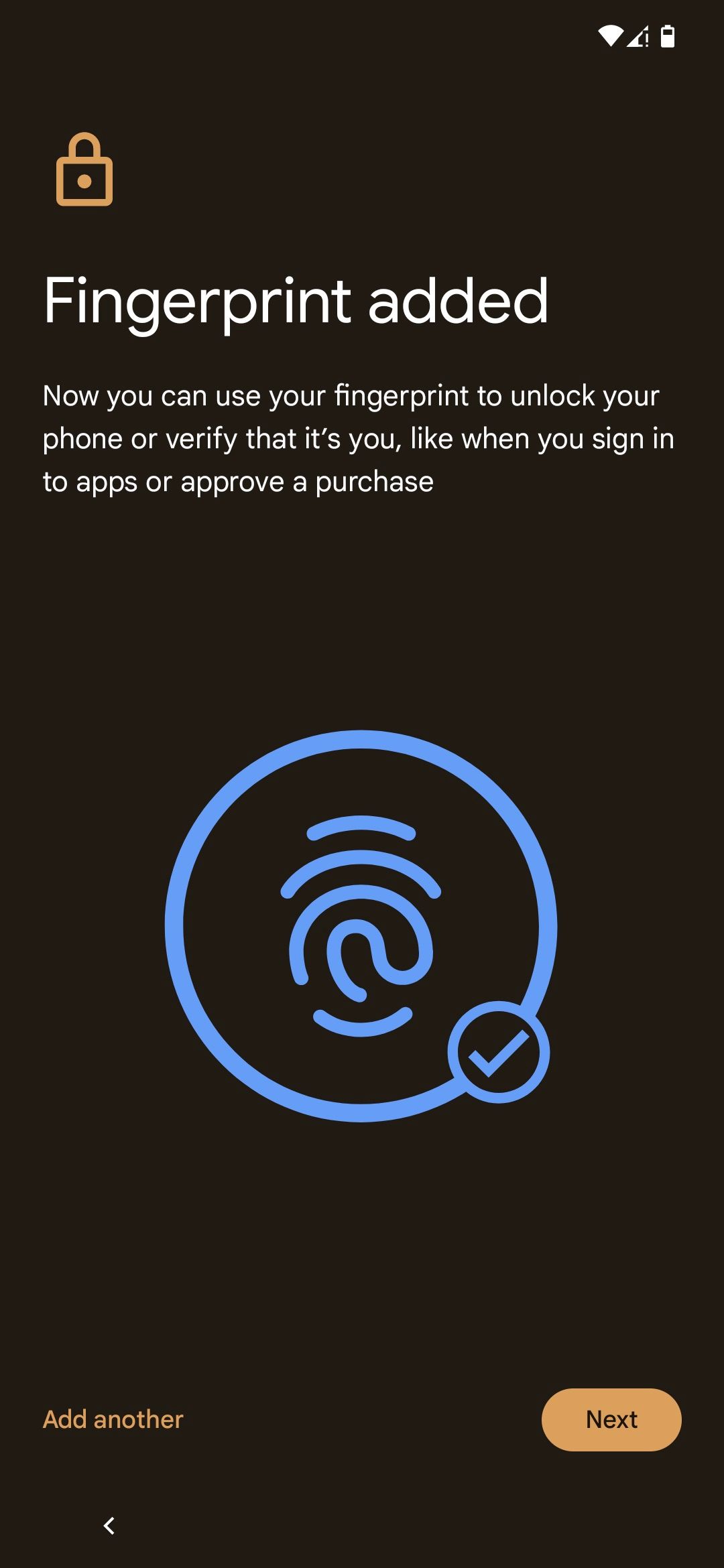
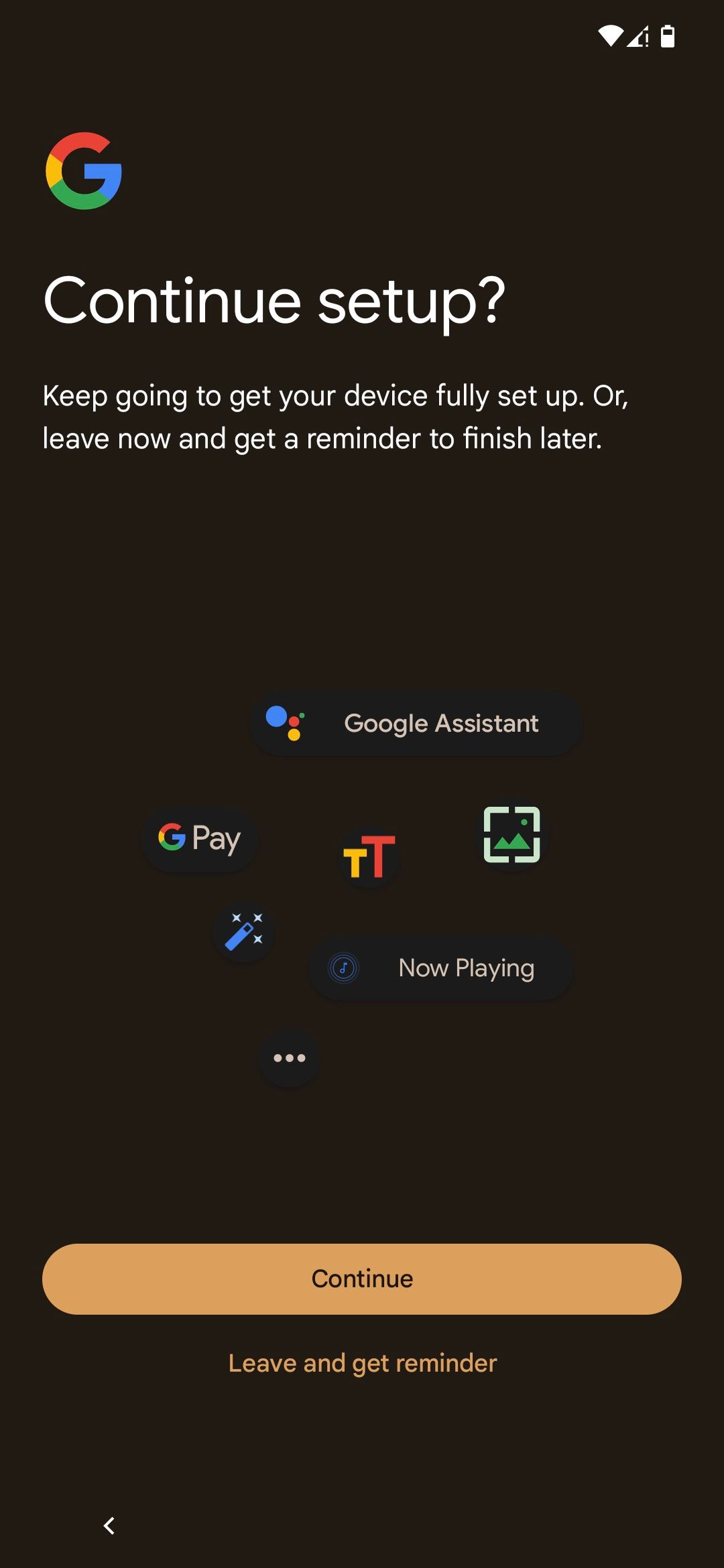
- If you're new to Pixel, opt into the tips and tricks info for your device by tapping the Yes, I'm in button.
- At the end, your Pixel gives a quick walkthrough of the navigation gestures in case you are unfamiliar with them.
-
Finish the initial setup wizard by swiping up from the Ready screen.
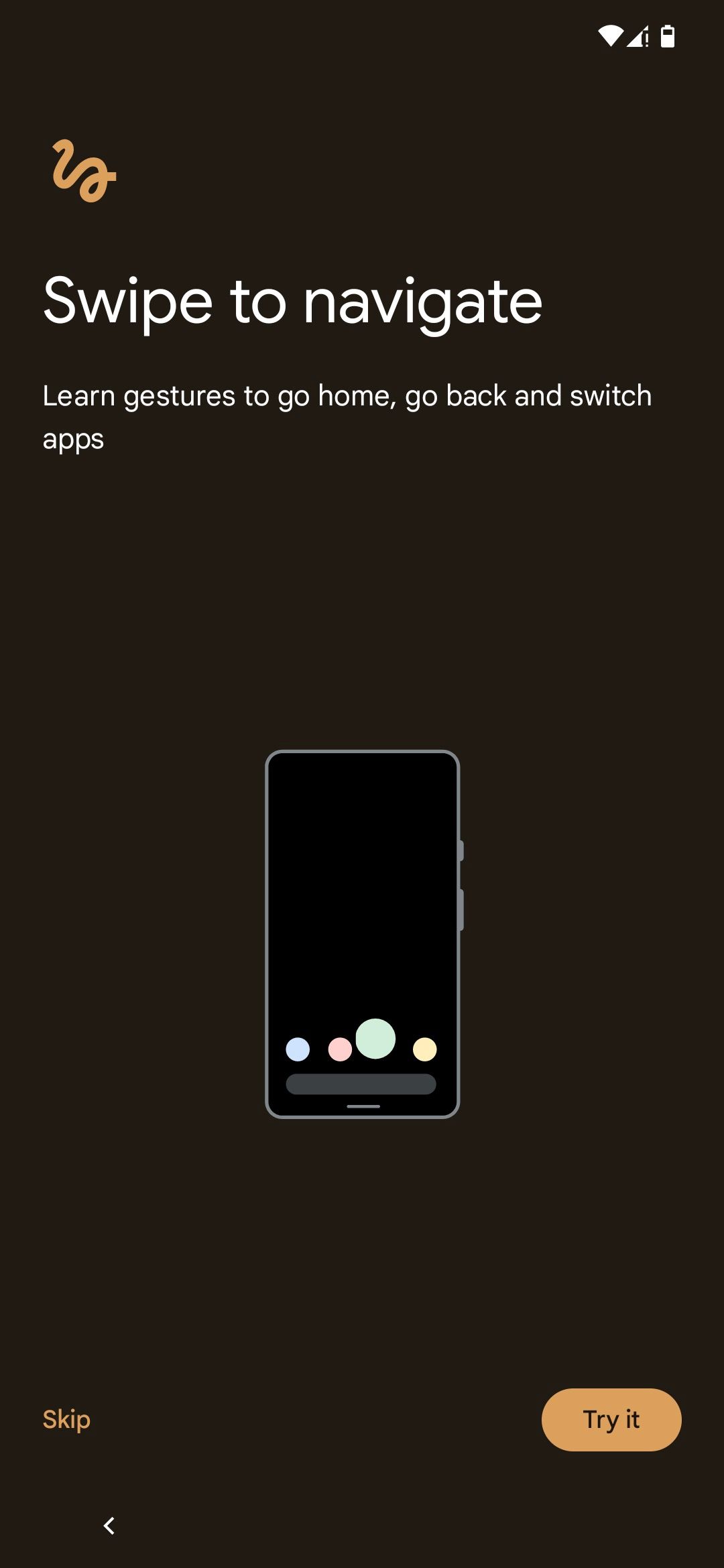
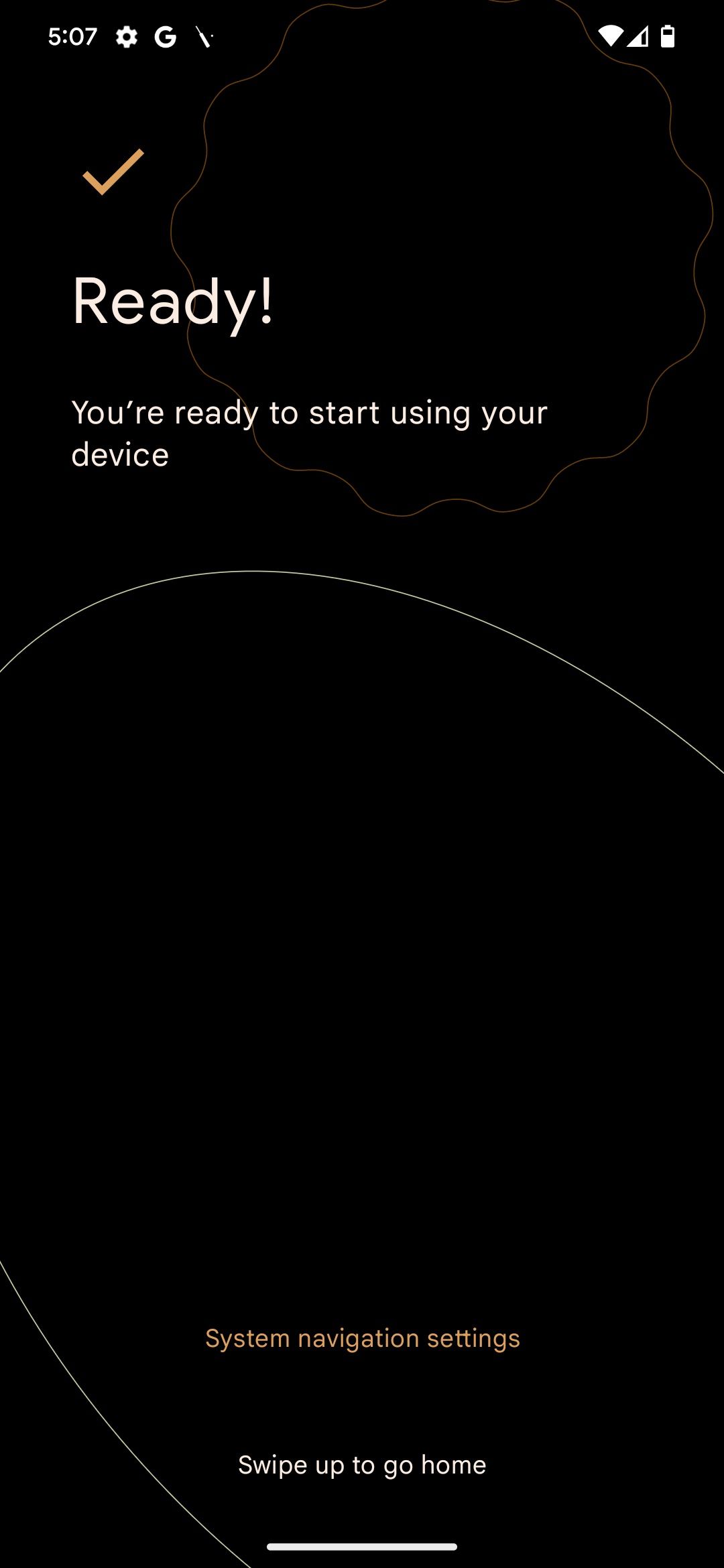
If you restored your device using a Google One backup, those saved apps are installed from the Google Play Store. A Finish Pixel setup notification appears on your Pixel if you skipped through the initial setup screen. This is a quick way to turn on Pixel-exclusive features you might have missed.

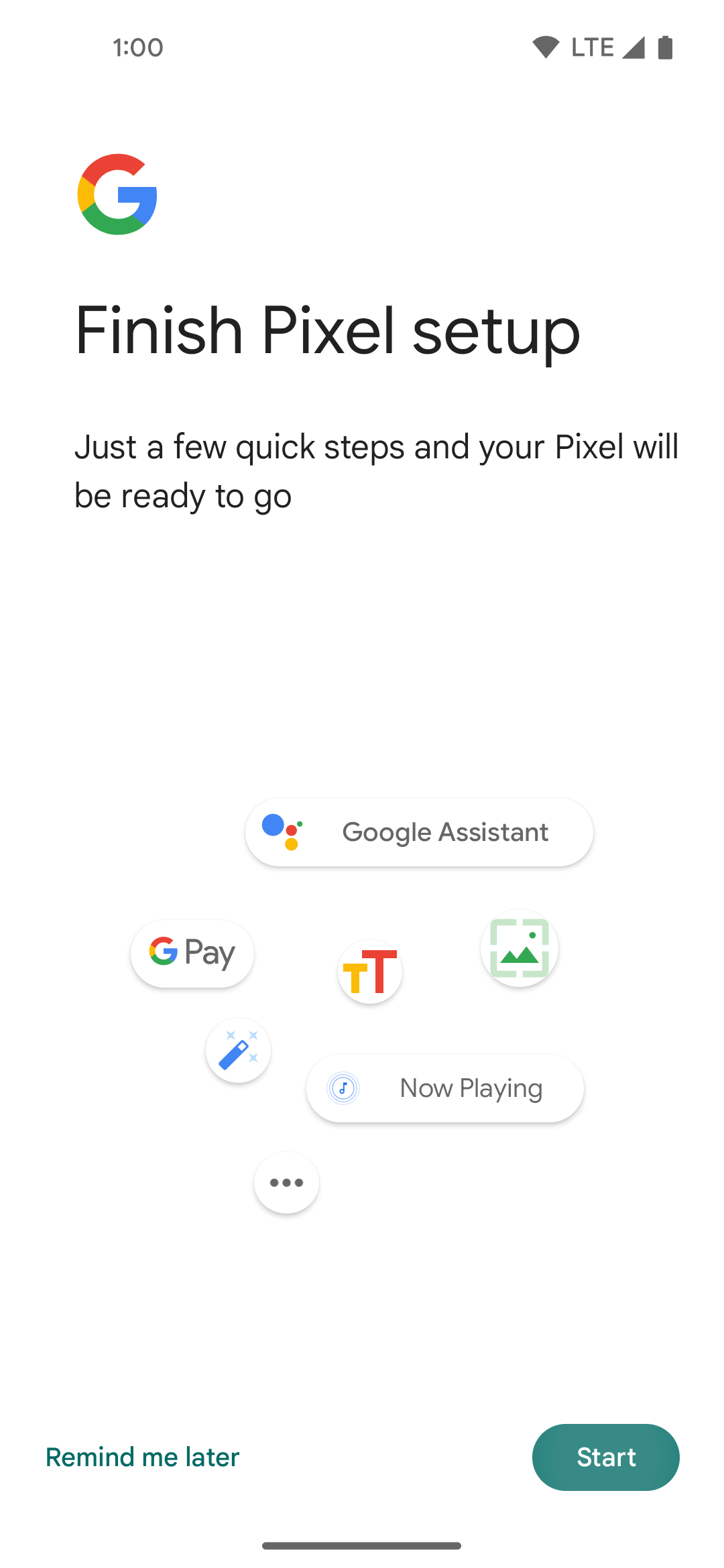
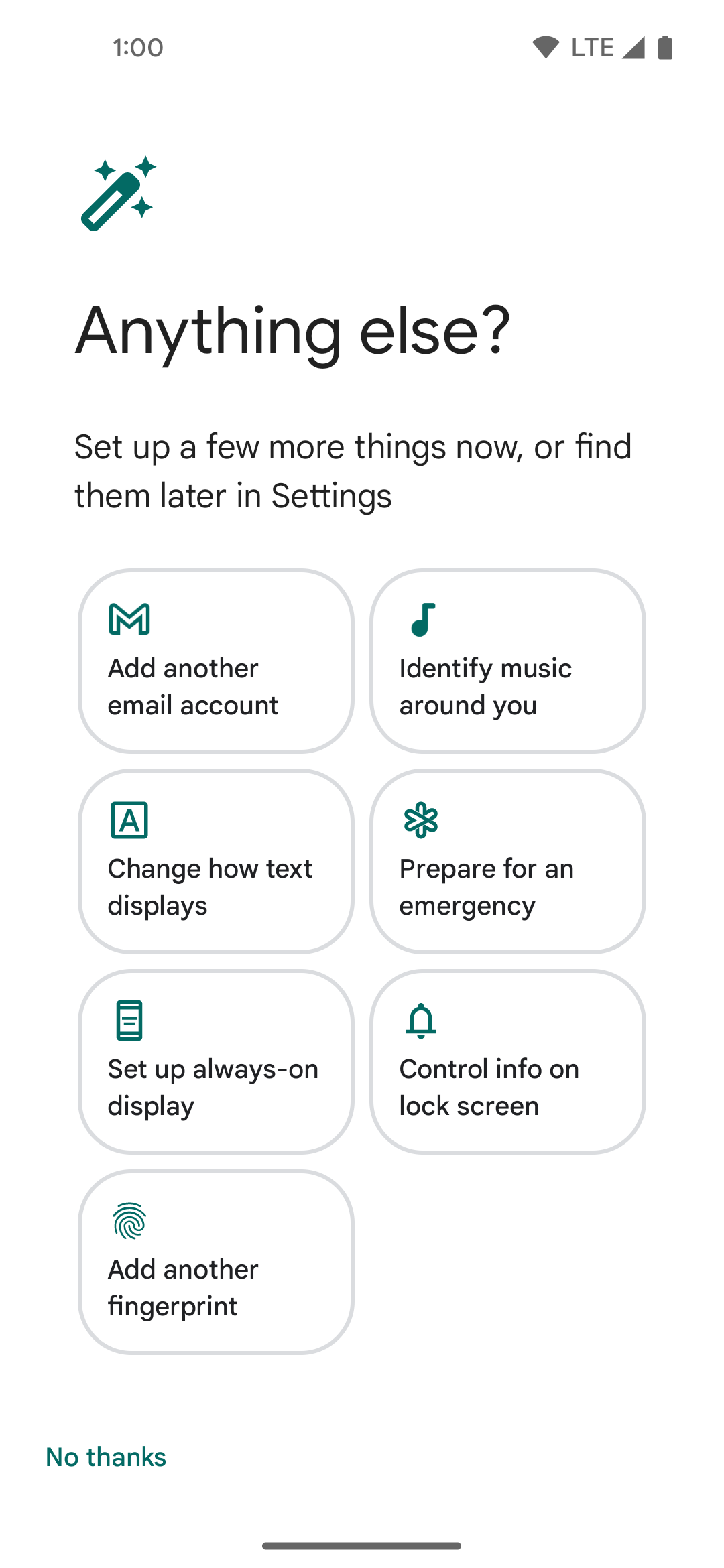
How to set up your new phone on Samsung, OnePlus, and other smartphone brands
There's a chance Google didn't make your new Android phone. For a Samsung, OnePlus, or Xiaomi phone, you may see additional screens and options during the setup process than you get on a Pixel. They could range from a user account for automatically signing in to the first-party apps to slyly getting you to agree to show ads on the device.
As a general rule of thumb, you can skip anything optional without worrying about it breaking something on your phone. And be wary of the pre-checked (often promotional) options that brands like Samsung and Xiaomi may slip in (as highlighted in the included screenshots).
Samsung device setup with One UI
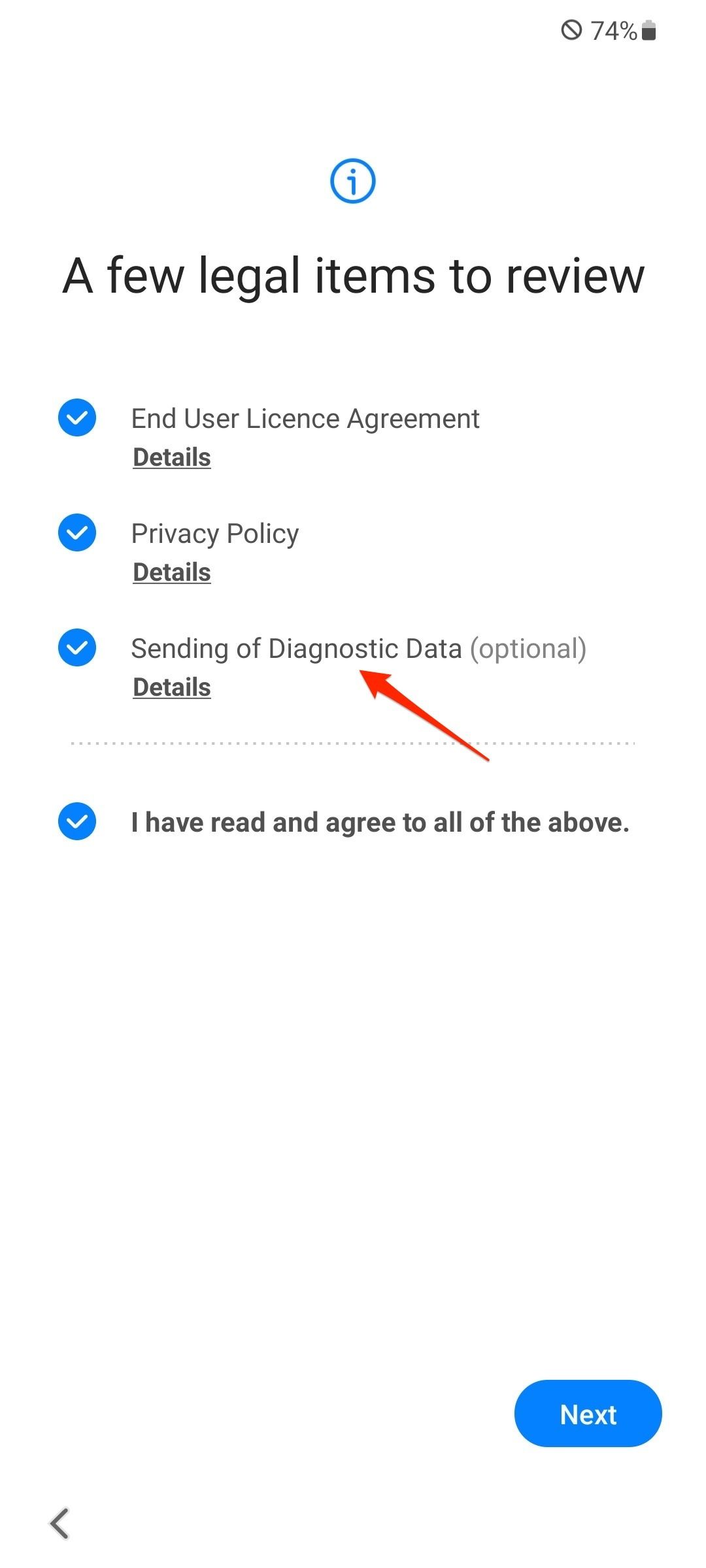

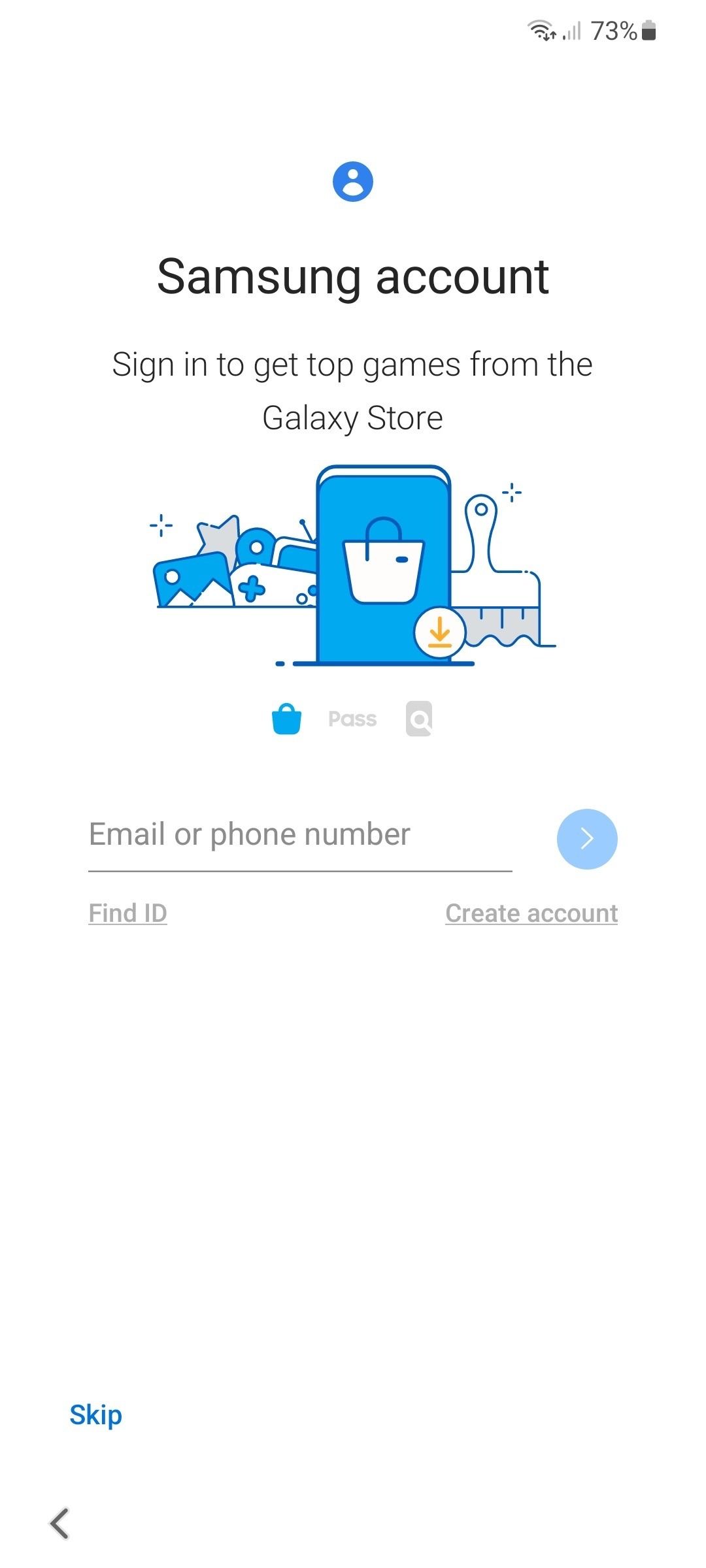
OnePlus device setup with OxygenOS

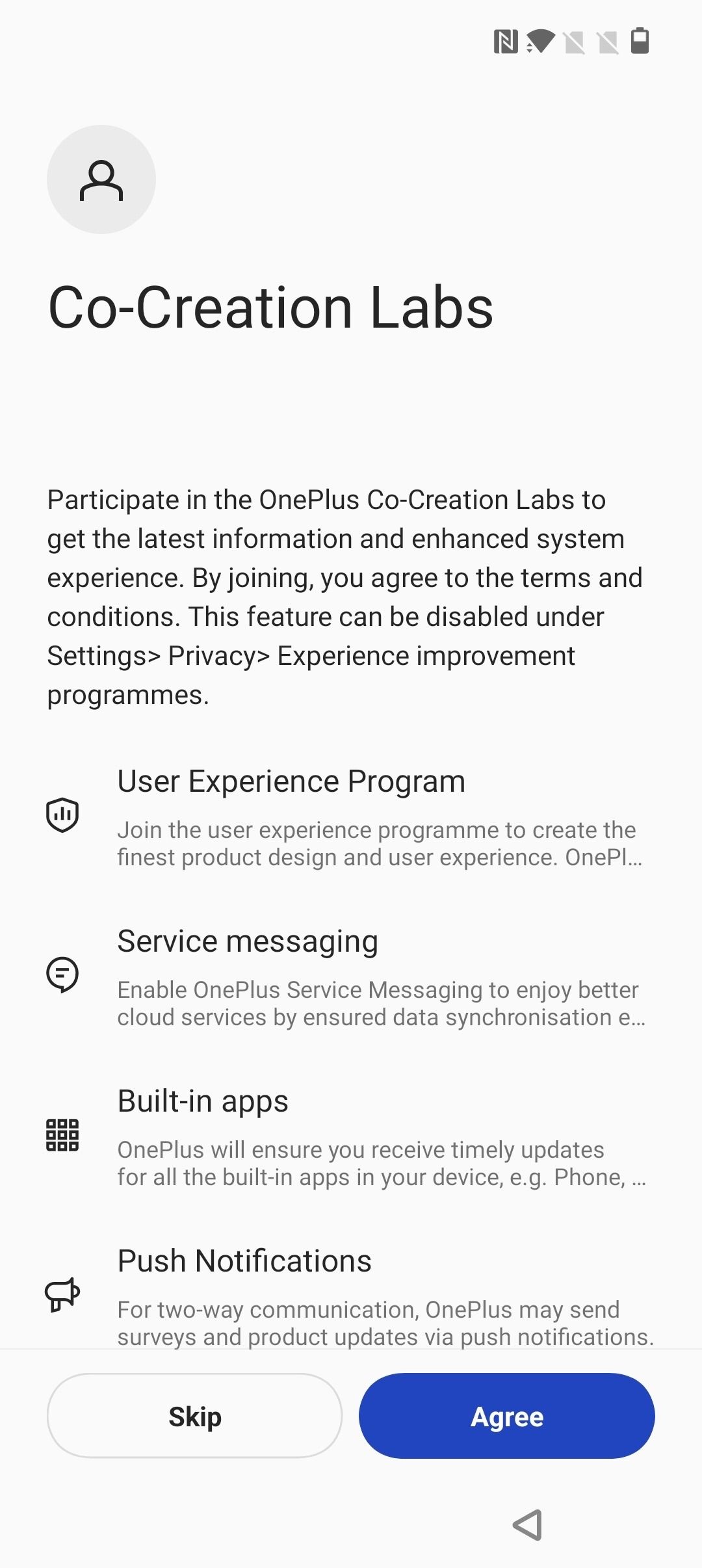
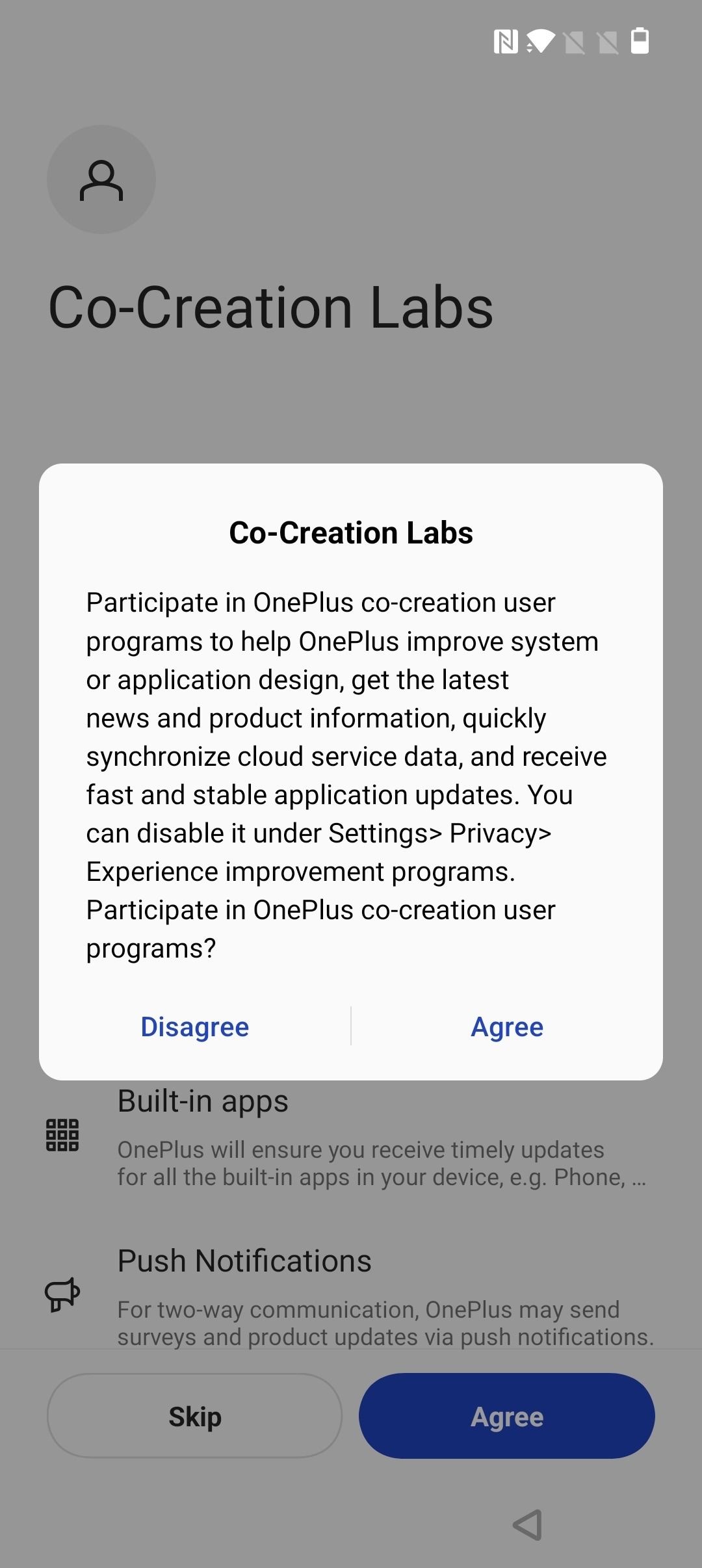
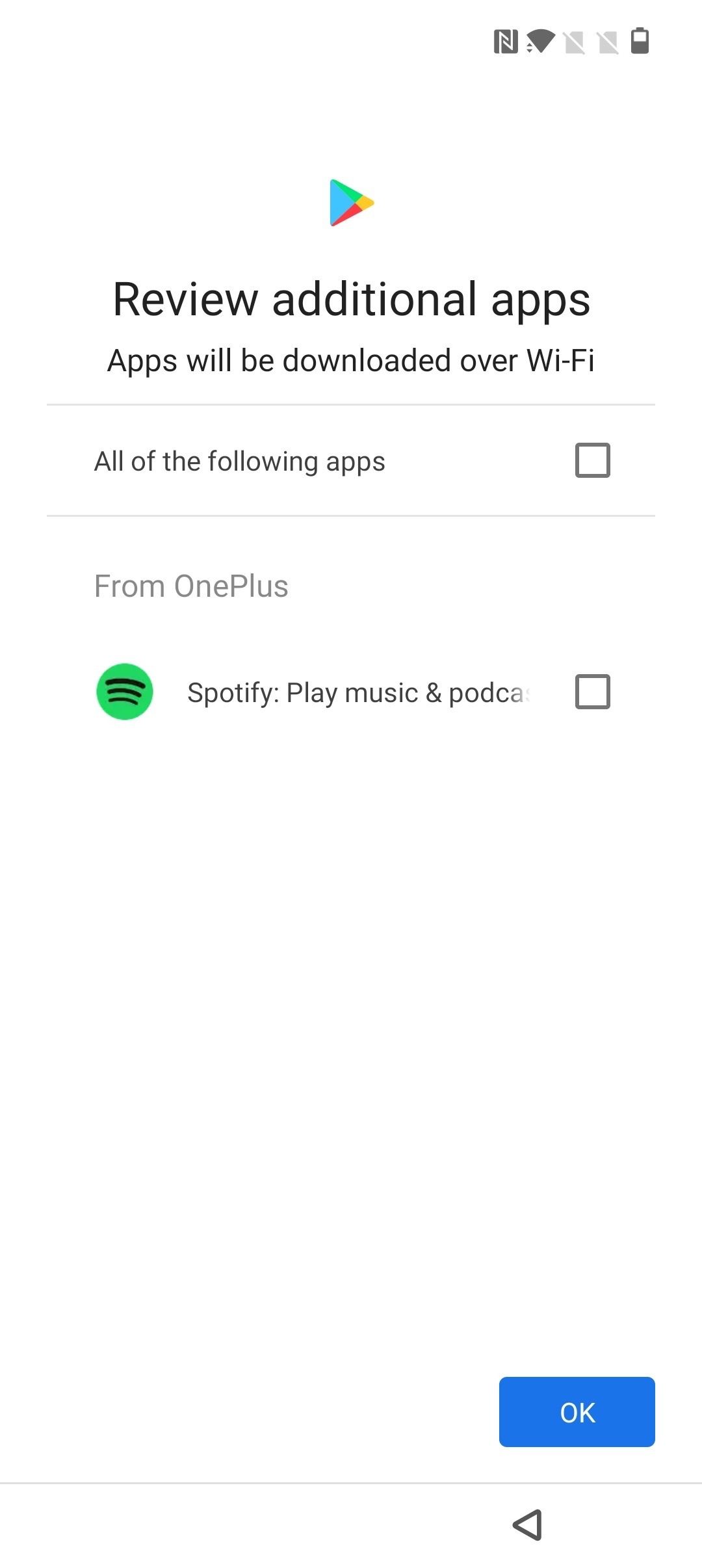
Xiaomi device setup with MIUI
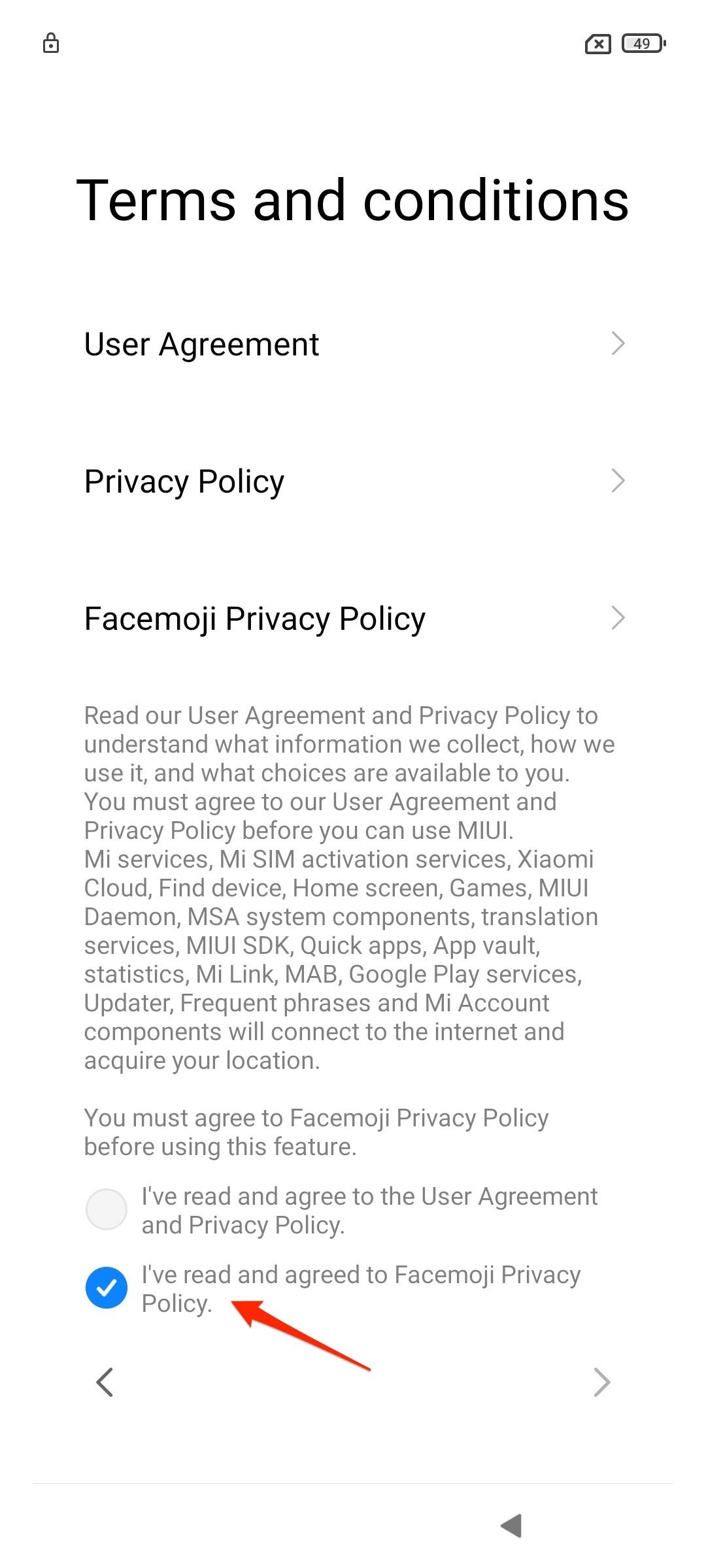
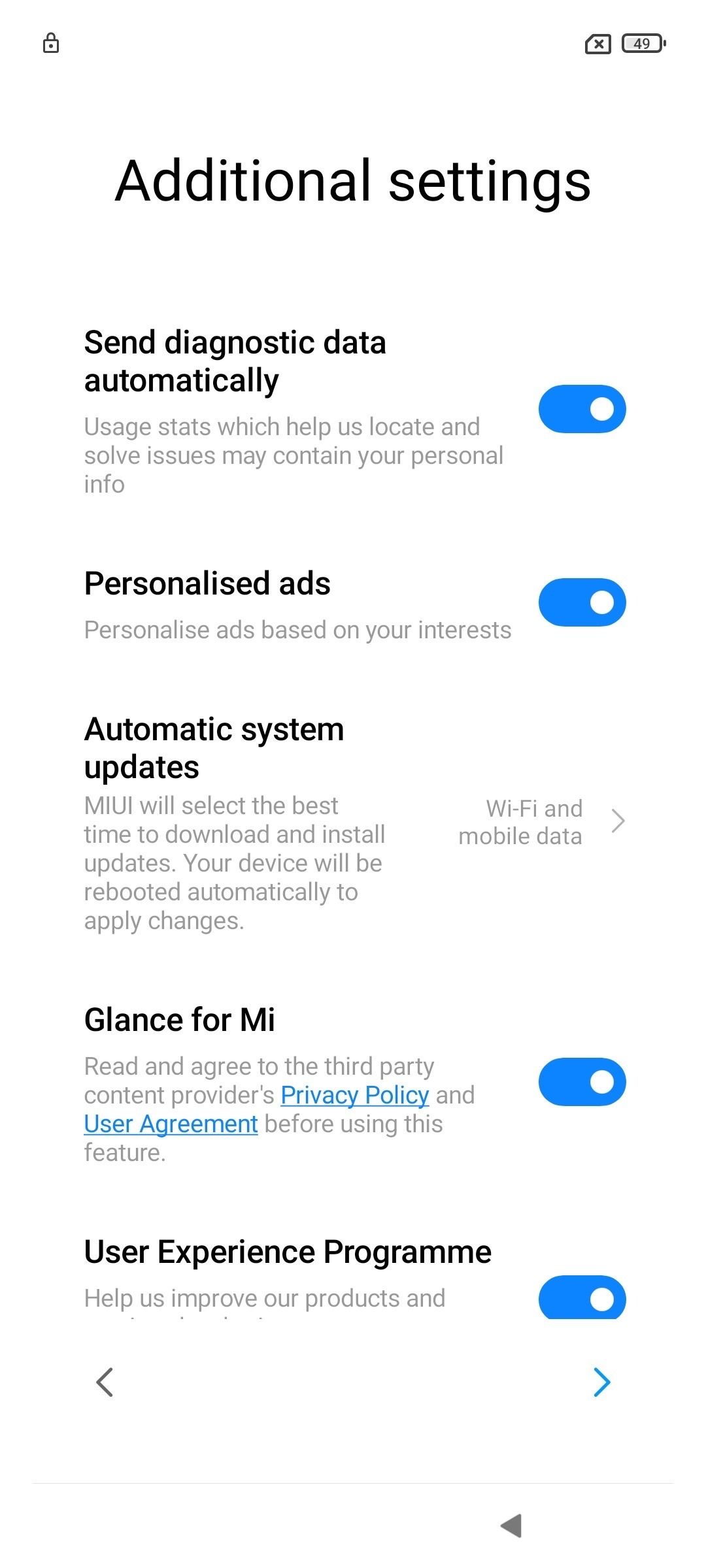
Update your apps on the Google Play Store
After wrapping up the initial setup process, you may have dozens of app updates waiting to be installed from the Google Play Store. They'll likely update automatically. However, updating them immediately instead of waiting is recommended.
Since many preinstalled apps are often outdated on a new device, keeping them up-to-date ensures they run at optimal performance with minimal issues. To see if you have available app updates for your device, do the following:
- Open the Google Play Store and sign in to your Google account.
- Tap your profile icon in the upper-right corner of the screen.
- Tap Manage apps & device.
-
Under the Updates available section, tap the Update all option.

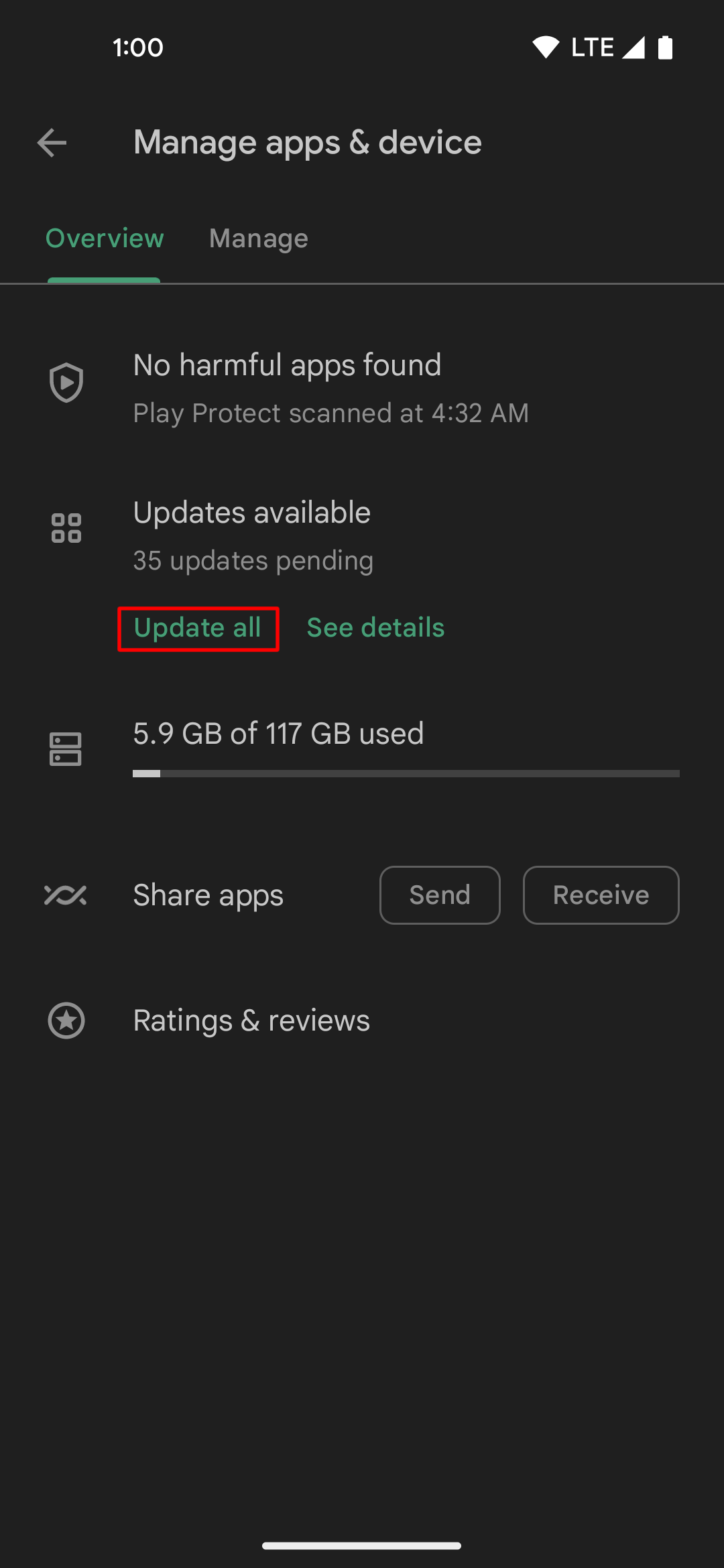
-
Your apps update automatically.
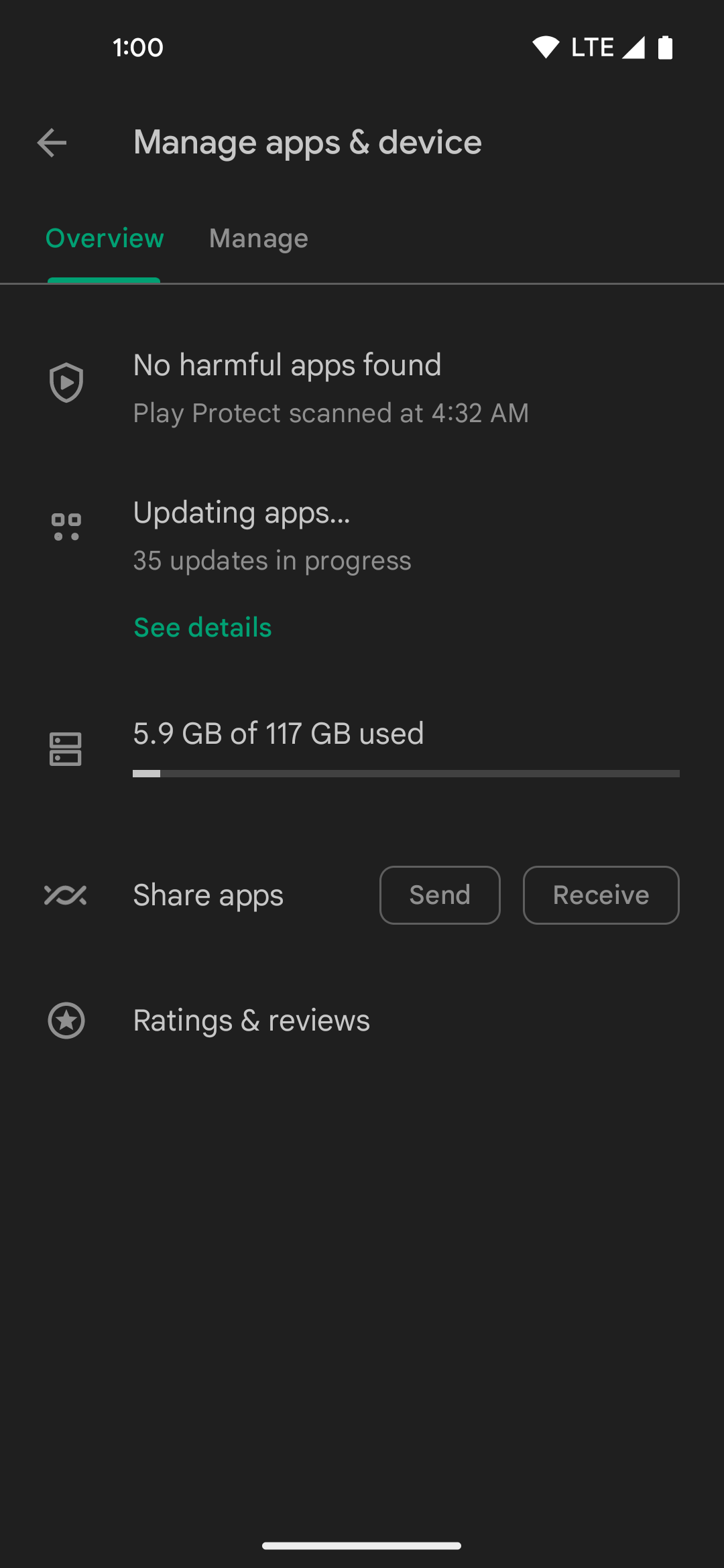
If your phone was already installing the latest app updates, a Cancel all button appears on the Play Store instead.
Install the latest system update
Most Android manufacturers regularly roll out new security patches for their devices to enhance security and fix reported bugs. This helps maintain overall device stability. You should automatically receive the newest system update after setting up your Android phone, but manually checking is always an option to be sure.
To see if a new update is waiting to be installed, go to Settings > System > System update. If available, you can start the download immediately and install the update when desired. Since Pixel phones feature seamless updates, they install the update in the background when the device is not in use. This can take a bit of time but doesn't interrupt your workflow. On other phones, a restart is required to start the installation process.
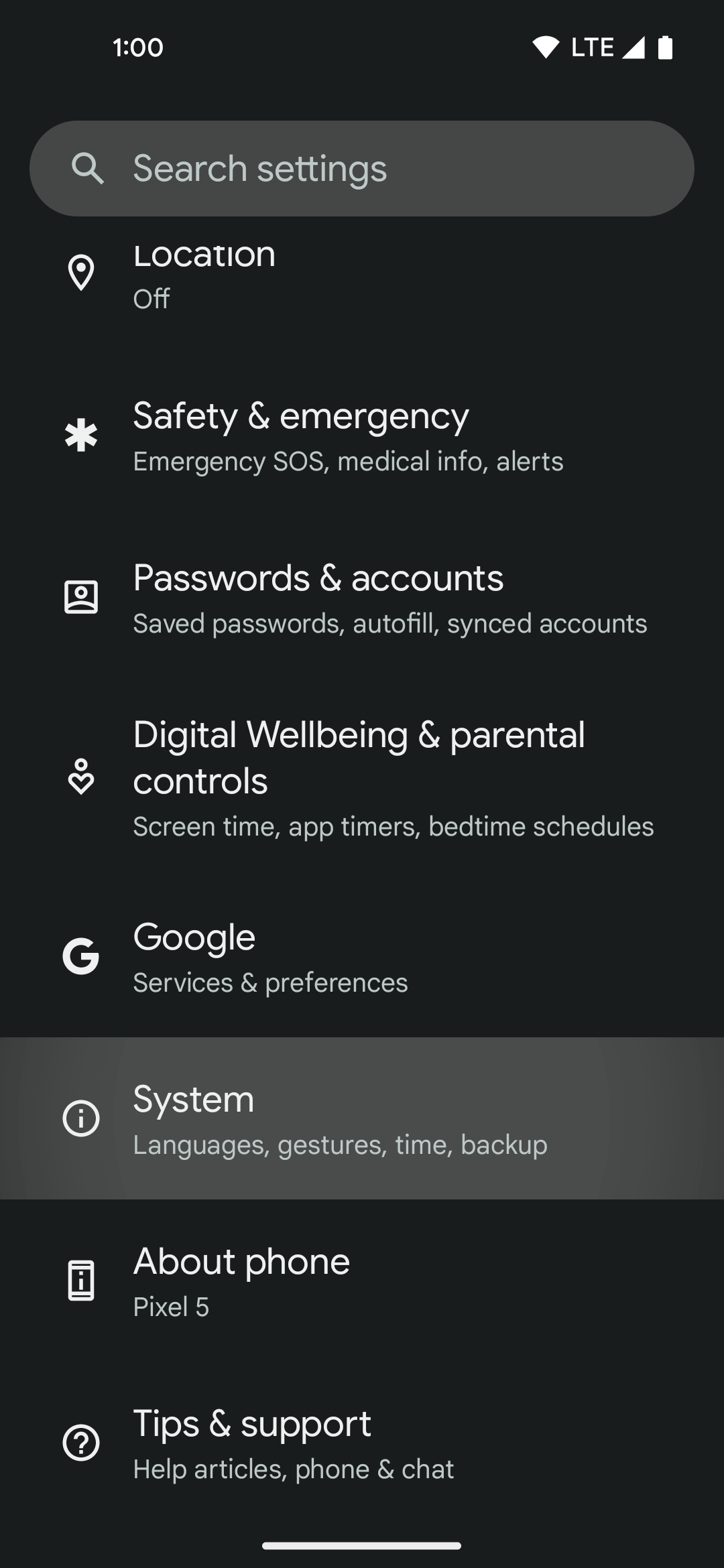
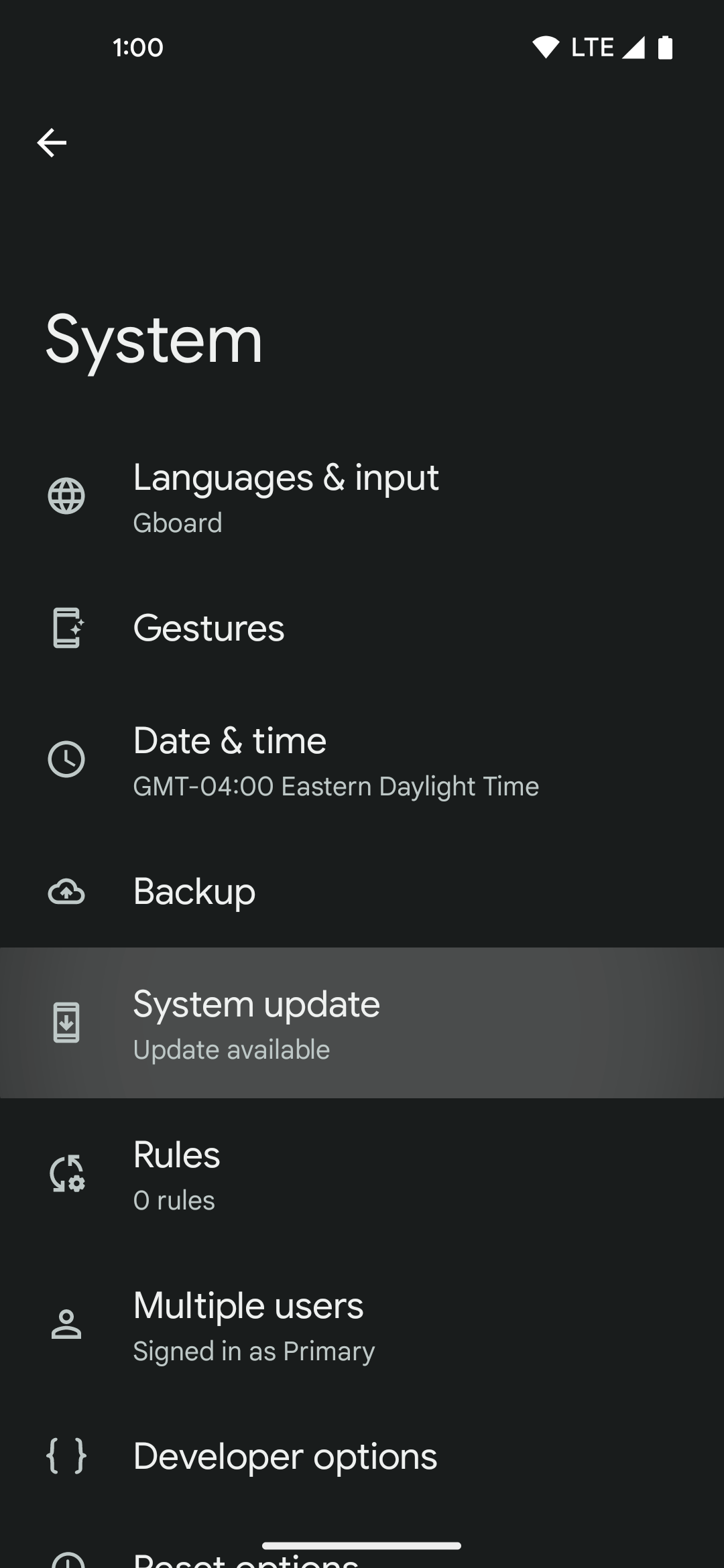
Grab the newest Google Play system update
Besides the latest app and OS update, you must ensure your new phone runs the latest Google Play system build. This is an important OS component, allowing Google to roll out new features or security fixes to all Android devices at once. Google Play system updates are automatically installed in the background, but you might have to download them in some cases.
- Open the Settings menu on your Android phone.
- Scroll down and tap Security and privacy.
- Select System and updates. On Samsung phones, tap the Updates option.
- Tap Google Play system update.
- Your phone checks for a new Play system build and shows the Download and install button if an update is available.
-
Restart your phone after the installation for the changes to take place.
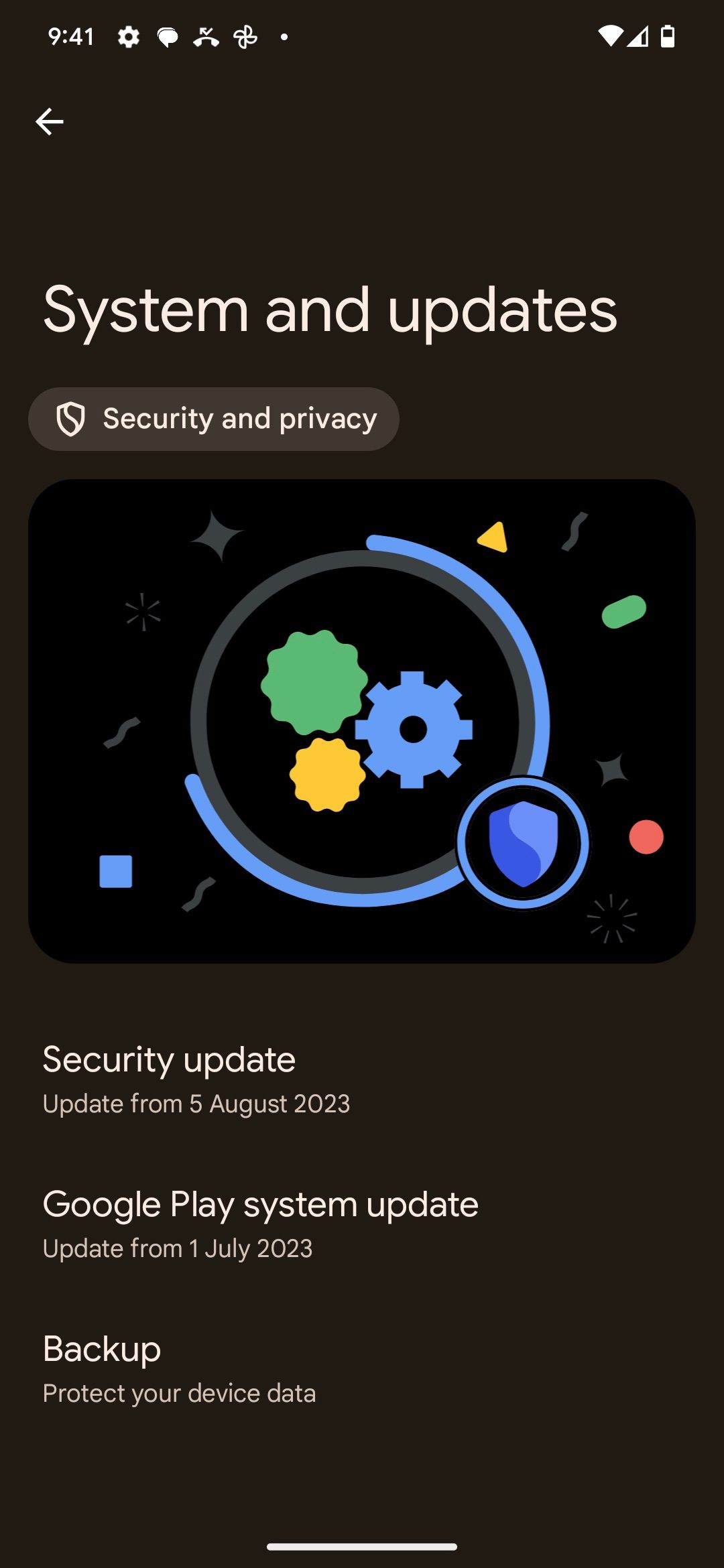
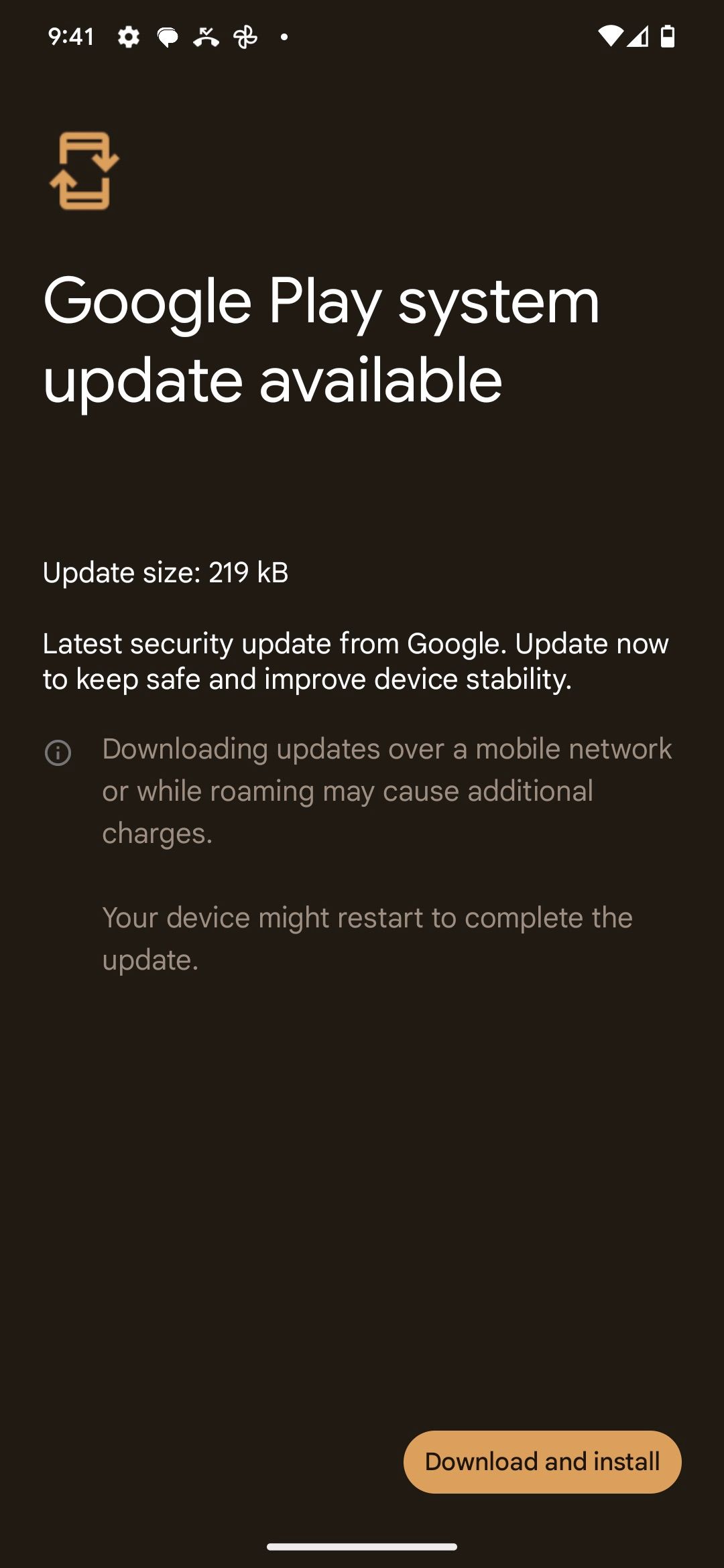
Easily set up your new Android phone
Setting up a new Android smartphone has become a lot easier than before. While the number of steps has increased, they are more streamlined. This ensures that by the end of the setup, your phone is ready for use with all your important data synced and apps installed in the background.
After you set up your new Android phone, check out the best Android apps you should try. And then check out some of our favorite Android tips and tricks everyone should know.

